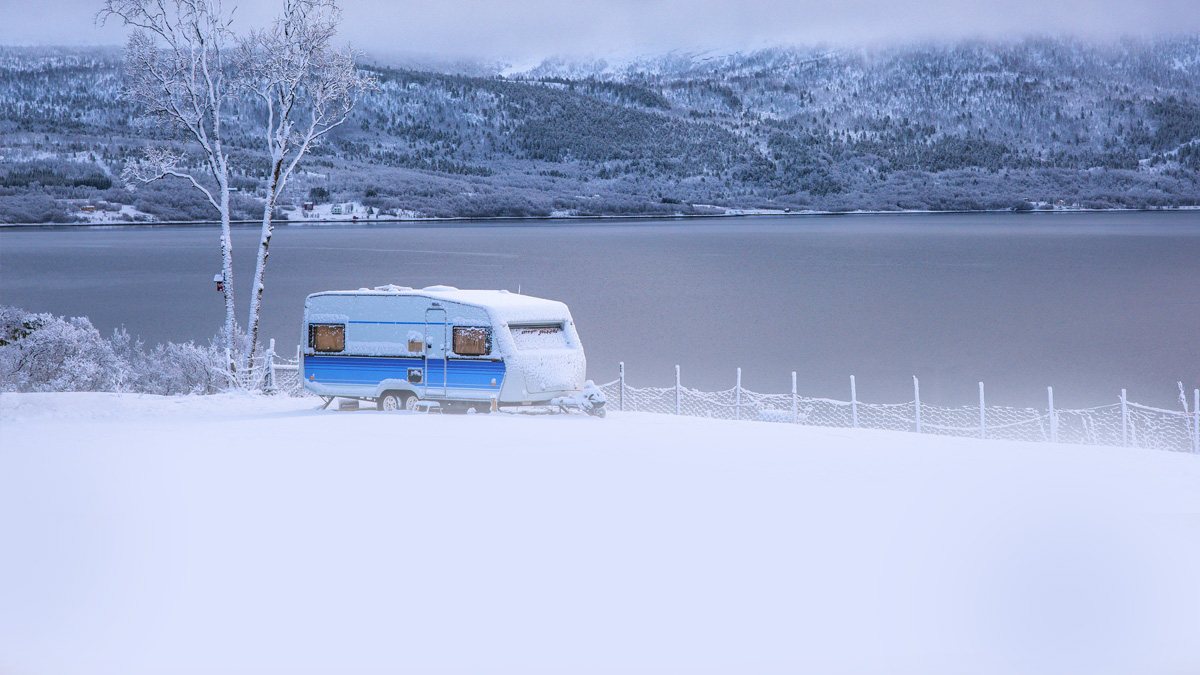on
Hopefully, you have already read up about how to prepare your car for winter, if you not you may want to read “How to prepare for winter driving.” Getting stuck in your vehicle seems to be far too common experience so it is important reading, but today we are going to discuss situations that don’t involve vehicles.
Taking a hike during the winter “shoulder seasons” – when autumn moves into winter, or winter into spring and/or while involved in winter sports such as snowmobiling or cross country skiing are the most likely reasons you might find yourself stranded overnight unexpectedly. Weather during the “shoulder seasons” can be very unpredictable. You can check the forecast, but it can change faster than you can react especially if you are at elevation.
Blinding blizzards can blow up in minutes, leaving you disoriented, and ill-prepared. It doesn’t take much to find yourself spending an unexpected night in below freezing temperatures. Of course hypothermia can also occur at temperatures above freezing, especially if you are wet and/or it is windy.
Pack a bag!
Regardless of the time of year, or how short of time you think you will be out, always, always, always pack a survival kit for your climate and season. I can not emphasize this enough! It doesn’t have to be a 50lb ruck, a well thought out waist pack or sling bag that is only 5-10L can hold enough items to make an overnight stay much safer.
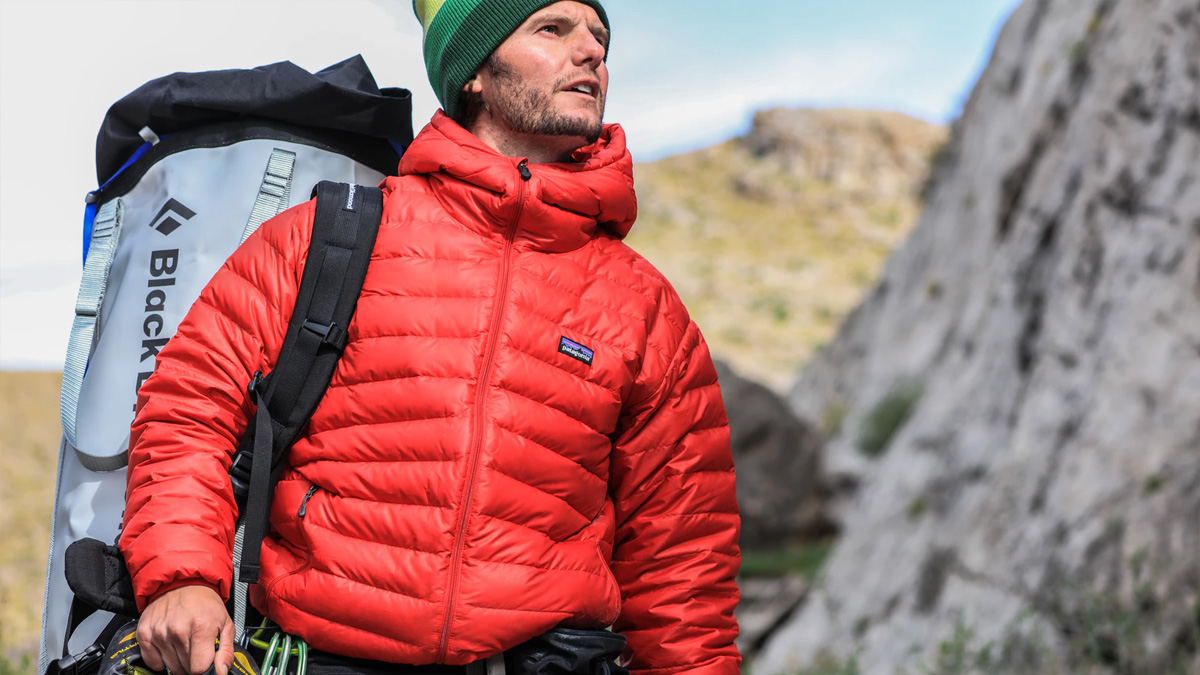
Clothing
I’ve been guilty of this a time or two – just going to make a quick trip to drop a child off for practice and not bother to get fully dressed. A pair of flannel pants, a tank top and slippers. But what if something happened along the way. I would have been freezing in short order!
Even if you are just going out for a quick hike, try to dress in appropriate layers, including footwear for the weather you may end up encountering. Make sure you have extra gloves, socks and a hat in addition to your other gear. Chemical or battery operated handwarmers are also nice to have along just in case.
Shelter
Your first priority in winter is to build a shelter to get out of the elements, especially the cold and the wind, which can cause hypothermia and frostbite. If you’re in the open and everyone in your group is mobile, you need to get below treeline. Studies of winter accident reports have shown that people who get below treeline survive far more often than those that don’t. The trees will protect you from the wind and provide fuel for making a fire.
If you’re pinned down by the weather or a member of your party is injured and can’t be moved, digging a snow cave, a snow pit, or a snow trench will get you out of the wind. Snow is an excellent insulator, so make your shelter as enclosed as possible, while still providing adequate air flow. But don’t underestimate the effort required, especially if you don’t have an avalanche shovel.
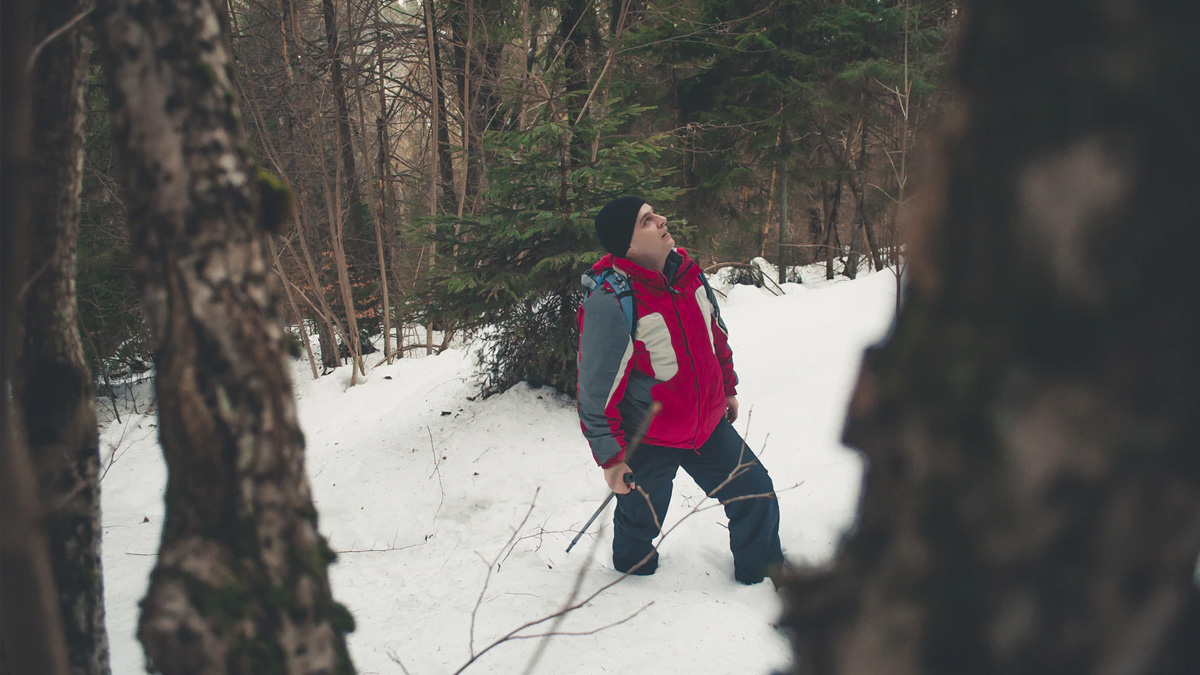
Don’t build your snow shelter at the bottom or mouth of a valley, canyon, or ravine, as cold air tends to spill down these terrain features. Avoid setting up shop in places exposed to prevailing winds or avalanches.
Gear Patrol has great illustrated article on three good winter shelters. Because of where I live and the type of snow we get, I am most familiar with the tree well shelter and for us that takes less energy to prepare. The only disadvantage is searchers are not likely to spot you down there so make sure you have something very visible flagging your location. And orange bandana tied on a stick set with in reach of your entrance so that you can shake the snow off of it periodically.
This video by Joe Robinet shows a minimalist camp where he only brought 4 items to use is a good example of making a natural shelter in the snowy woods.
Fire
Fire-starting materials should be a part of your emergency outdoor supplies any time of year. You should have a minimum of two methods to start a fire in your kit with three of course being better. A lighter, a ferro rod and waterproof matches would be our top choices. In the winter you will also want to be sure you are packing tinder. This can be as simple as cotton balls smeared with vaseline, or a commercial fire starter that burns in water.
Natural sources of tinder include dried moss and leaf litter, reserves of which you can sometimes find sheltered under the low-hanging boughs of a densely branched evergreen.
If necessary, you can use your knife to whittle your way down to dry inner wood if you haven’t been able to find anything else. Never use green wood!
Food & Water
Hopefully that bag you are carrying included some food and water. If you are carrying a single walled stainless steel container as your water bottle you can set it right in your fire to melt snow. Be careful not to scorch the water or it will end up tasting funny.
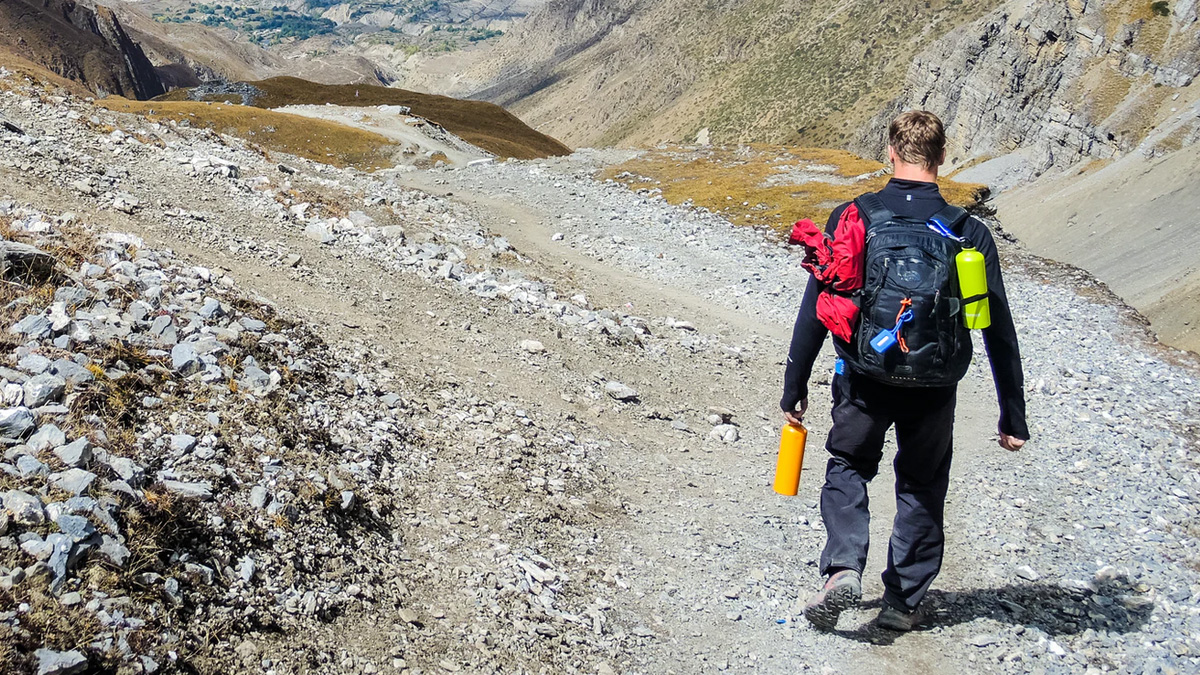
Your body needs to burn calories to help stay warm. Datrex bars are a quick and easy food source that don’t require prep. If you have the space for it a Mountain House meal or two isn’t a bad option either, especially the cook in the bag style. They weigh only an average of 4 ounces so not a lot of extra weight to pack around.
Activity
It helps to maintain yourself somewhat active in the cold, but you must be careful not to overdo it. Movement helps encourage your body’s blood flow, which is the mechanism that is used to move heat from your body’s core to the extremities. Failure to move enough can lead to frostbite.
You must be extremely careful to protect your fingers and toes from frostbite. One of the body’s defense mechanisms is to cut off or limit blood flow to the extremities when it is cold. It sacrifices those extremities to keep the core part of the body warm. The only problem is that you need those fingers and toes in order to survive.
When you are not working with your hands, make sure that they are kept warm. Gloves or mittens help some, but it is much more effective to put them inside your clothing, where they can be warmed by your body’s heat.
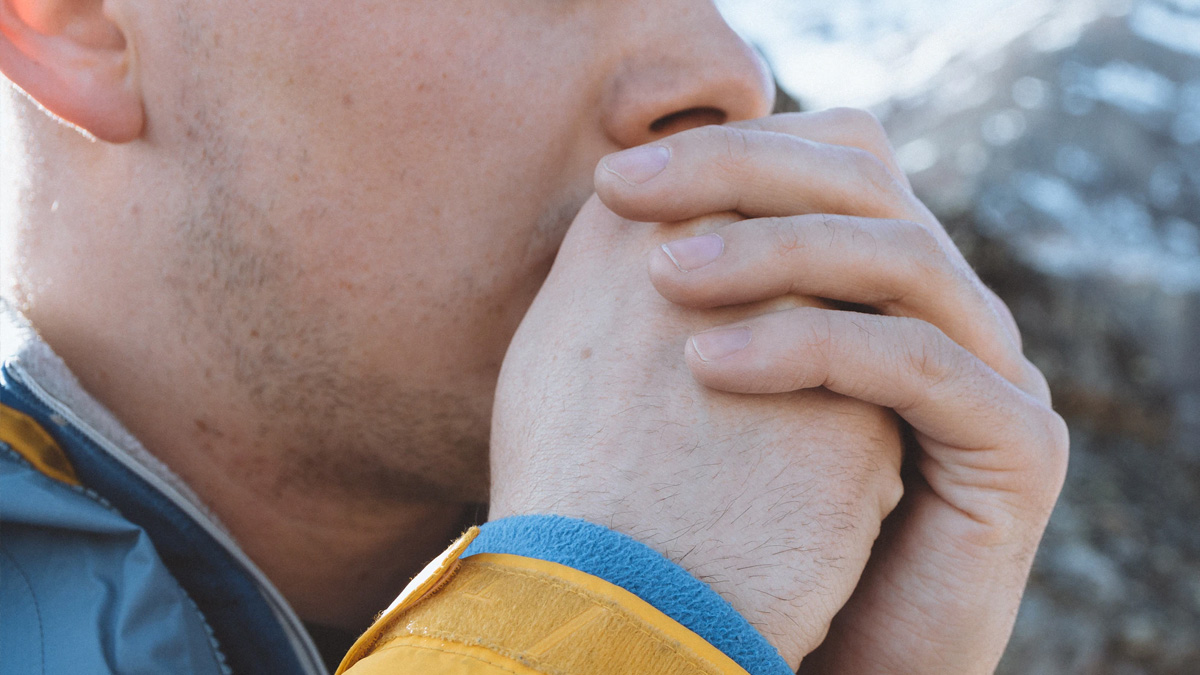
Watch out for excessive activity as this will burn calories that your body needs to keep warm. If you get physically tired from exertion, it makes it much easier for hypothermia to set in. Another risk from excessive movement is sweating. If you sweat in the cold, the sweat can freeze next to your skin, drawing away body heat. Even without freezing, it will make your clothing wet, reducing its insulating value.
If you have to move in the snow, there’s a very good chance that you’ll find yourself overexerting. Moving through snow, especially deep snow, is extremely difficult. If you can, make yourself some snowshoes out of thin branches and paracord. If you can’t do that, strap some boughs to the bottom of your boots. This will work for makeshift show shoes.
Final thoughts
Before you go on any expedition no matter how short you plan for it to be, always take the time to plan for contingencies. Check the weather forecast, if you aren’t familiar with an area stay on the trail. Make sure someone knows where you plan to go and when you expect to get back. Some careful planning and common sense can really be the difference between life and death, especially in the winter!
Get access to premium content and more!



